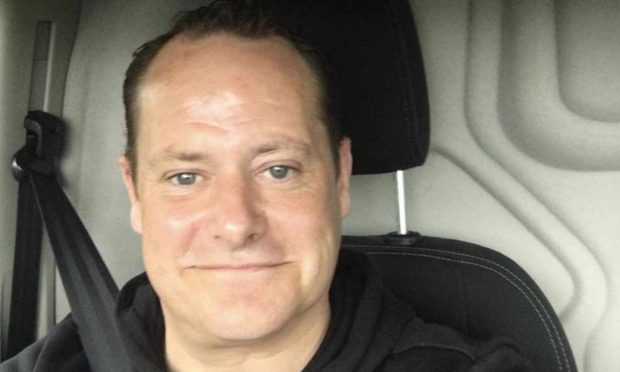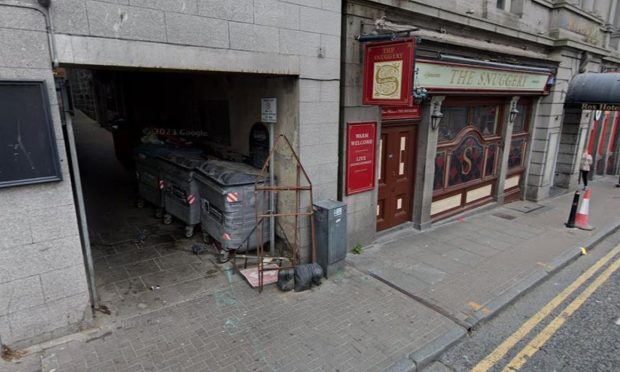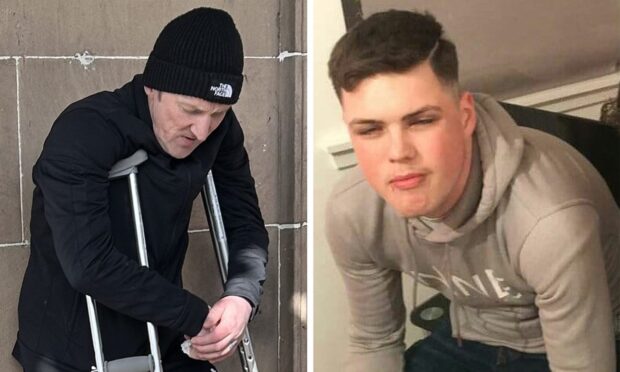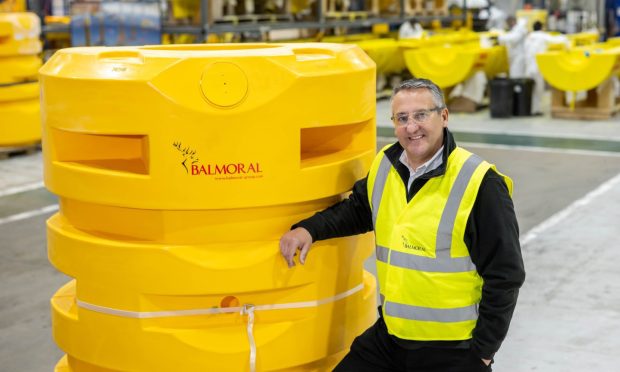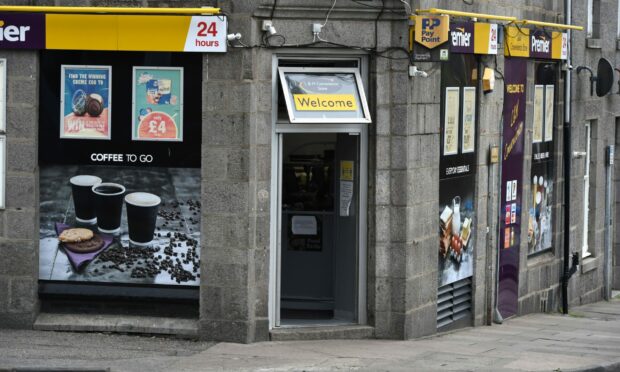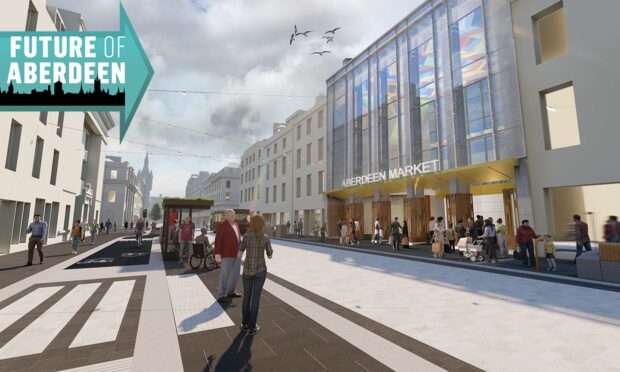Hundreds of healthcare professionals from across the north-east filled the AECC yesterday to learn about new ways of helping people who suffer from dementia.
Virtual reality headsets, smart speakers and even dogs all featured in NHS Grampian’s fifth annual Dementia Care conference.
Martin Robertson, 61, has the condition and said he had been “amazed” after using one of the specially programmed virtual reality headsets previously, so much so that he undertook a fundraising campaign to buy one for the area.
He had tried a similar device when it was brought to Banff during a UK tour.
Mr Robertson, who has a rare form of dementia called posteria cortical atrophy, said he had been experiencing a “foggy” sensation on the day he tried the gadget on for the first time.
But he said donning the headset felt “like a switch had been turned on”.
He added: “I felt brilliant for the next few days.”
The headsets cost about £500 and the gaming laptop required to run the virtual reality software is worth £1,500.
Determined to help other patients in the north-east to experience the technology, Mr Robertson raised £2,000 by carrying out a sponsored cycle challenge to buy a system for the NHS Grampian resource centre.
Strategic development officer for the Aberdeen Health and Social Care Partnership, Julie Somers, explained that the software “can transport dementia patients back in time”.
She said: “Reminiscence is a very strong tool we can use to help patients, many will come to life when they see places they might have visited in their childhood.
“With the help of Google Earth, we can take them virtually anywhere they want to go.
“They could go back to a seaside beach they remember, or could even go underwater and explore diving sites.
“We also have simulated home environments that help use assess the risk of discharging someone from hospital – it lets us see how they would get on.
“There is a bit of a misconception that dementia patients cannot learn new tasks, but that is a myth – we need to look at moving these people forward.”
Other speakers at the day-long event gave insights into the work of Dementia Dogs, a collaboration between Alzheimer Scotland and Dogs for Good.
Assistance dogs can be trained to respond to alarms, retrieve medication pouches, or remind people to hydrate and drink water.
NHS Shetland dementia services nurse manager, Alan Murdoch gave a workshop on the use of smart speakers entitled Ethel and Alexa which gave advice on how to use the technology to help dementia patients and their families set reminders to take medication.


